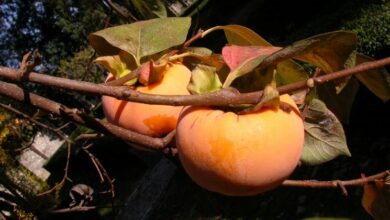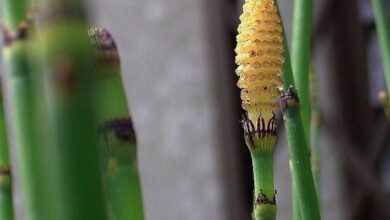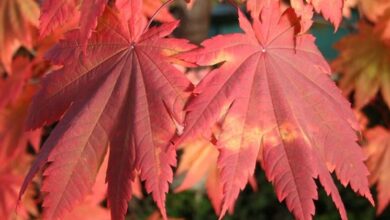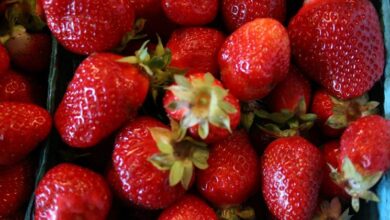Eleagnus
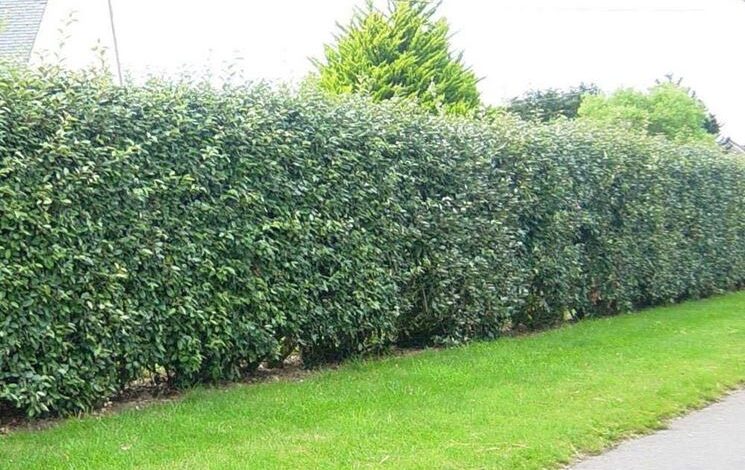
How and when to water the plant
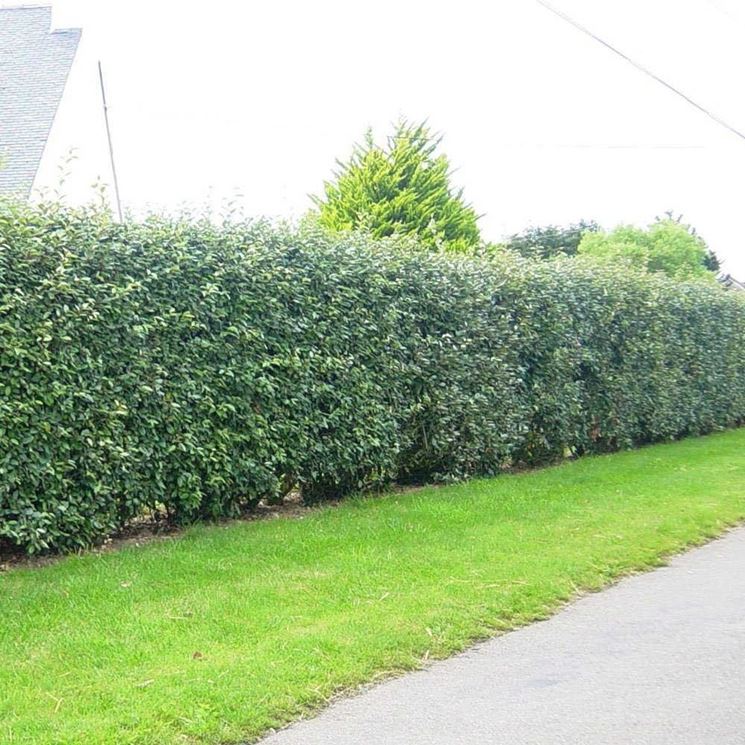
Cultivation and care of eleagnus
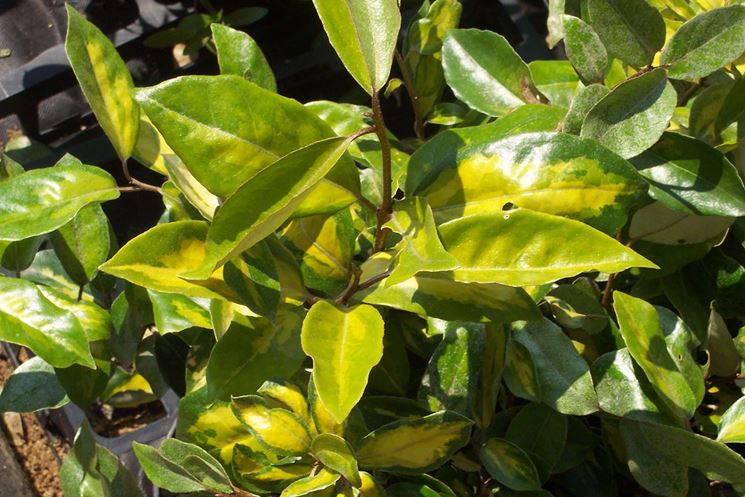
This plant is grown both in pots and in full ground; multiplication occurs through sowing or through semi-woody cutting. In the first case it is recommended to proceed in spring, in the second in autumn: the plant must be carried out in a container filled with soil, peat and sand, and as soon as the rooting occurs the seedling must be transplanted into a larger container. After two years, it can be moved to the garden, being careful not to damage the roots. If you want to create a hedge, it is necessary to leave a space of about 80-90 centimeters between one specimen and the other. After flowering, pruning can be carried out, cutting the dried branches and those damaged by climatic factors or parasites with disinfected tools.
Fertilizing the hedge
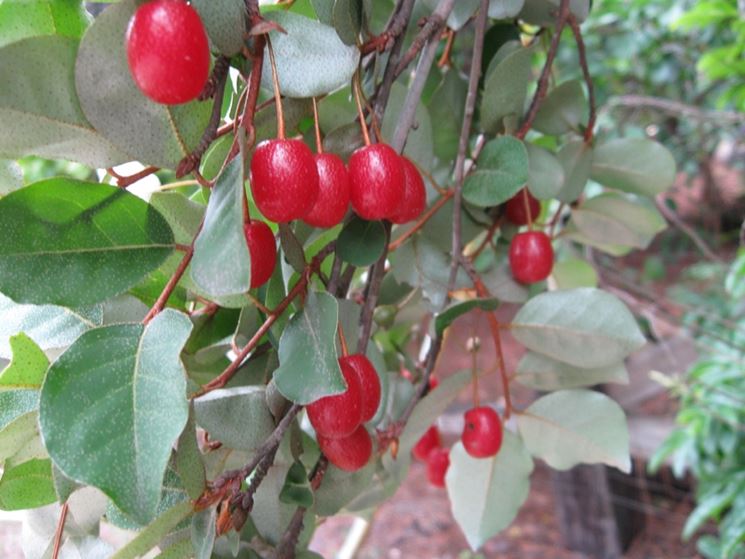
The Eleagnus must be fertilized twice a year, in spring and autumn; for this purpose it is suggested to use an organic fertilizer, for example mature manure, or a slow release ternary product. The macro elements that the plant must never lack are potassium, phosphorus and nitrogen, but microelements such as magnesium, molybdenum and iron are also important. The fertilizer must, of course, also be chosen on the basis of the chemical composition of the cultivation soil. It must be borne in mind that potassium intervenes in protein synthesis and in the production of ATP, phosphorus in rooting and in the various metabolic processes, nitrogen in the growth of the vegetative parts. A lack of macro elements could cause a slowdown in development and, sometimes,
Eleagnus: Exposure, pests and diseases
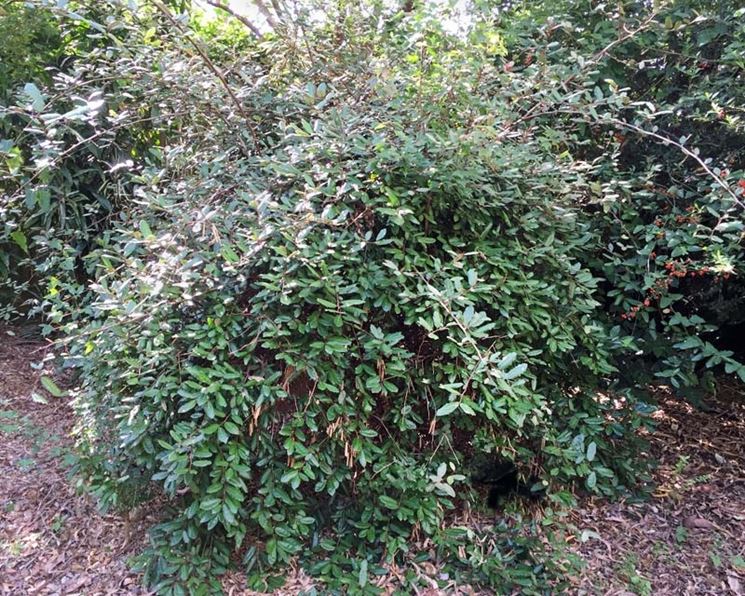
The recommended environment for exposure is sunny, however the plant also grows in semi-shaded places; both heat and cold are tolerated quite easily, provided they are not excessive. Infestations of parasites such as aphids, green or black, and scale insects can occur: the former suck the sap of the attacked specimen, the latter cause yellowing and drying of the leaves. Natural remedies such as nettle macerate against aphids and white mineral oil against scale insects are particularly suitable. Furthermore, fungal diseases such as rottenness can occur, against which specific fungicides based on sulfur or copper are recommended; it is also essential to immediately eliminate the affected parts and apply healing products on the cuts.

